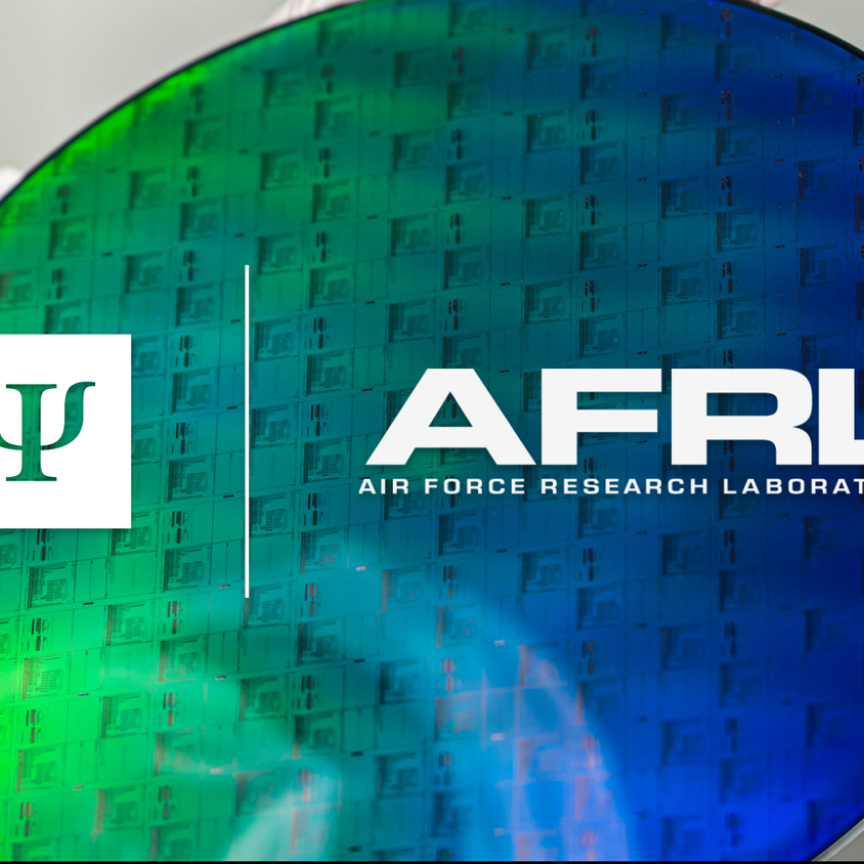A team of researchers from Imperial College London and photonics and quantum technology firm M Squared has demonstrated the UK’s first commercially viable, transportable and standalone quantum accelerometer that could be used for navigational purposes.
The system has initially been designed for the navigation of large vehicles, such as ships or trains.
The demonstration was given at the National Quantum Technologies Showcase, an event demonstrating the technological progress arising from the UK National Quantum Technologies Programme – a £270m UK Government investment over five years.
In contrast to a global navigation satellite system (GNSS) such as GPS, which involves the receiving of signals from satellites orbiting the Earth, the new quantum accelerometer is instead a self-contained system that does not rely on any external signals. This is particularly important because satellite signals can become unavailable due to blockages such as tall buildings, or can be jammed, imitated or denied – preventing accurate navigation.
'We need new types of navigation because at the moment the world relies very heavily on the global network of satellites to tell everybody where they are,' said Professor Ed Hinds of the Centre for Cold Matter at Imperial College London. 'It's been estimated that the UK alone stands to lose about £1 billion a day if the satellite navigation system were denied.'
Accelerometers – an existing technology present in most mobile phones and tablets – are able to measure how an object’s velocity changes over time, and combining this with the starting position of the object enables its location to be calculated. An issue with standard accelerometers however is that they are not able to maintain their accuracy over long periods of time without an external reference.
The new quantum accelerometer overcomes this by relying on the precision and accuracy that comes with measuring the properties of supercool atoms, which when at very low temperatures behave in a quantum way, acting as both matter and waves.
‘When the atoms are ultra-cold we have to use quantum mechanics to describe how they move, and this allows us to make what we call an atom interferometer,’ said Dr Joseph Cotter, also of the Centre for Cold Matter at Imperial College London.
As supercool atoms fall, their wave properties are affected by acceleration – for example from a moving vehicle. These minute changes are then measured very accurately by the quantum accelerometer using an ‘optical ruler’.
‘This commercially viable quantum device, the accelerometer, will put the UK at the heart of the coming quantum age,’ commented Dr Graeme Malcolm, founder and CEO of M Squared. ‘The collaborative efforts to realise the potential of quantum navigation illustrate Britain’s unique strength in bringing together industry and academia – building on advancements at the frontier of science, out of the laboratory to create real-world applications for the betterment of society.’
In addition to the navigational capabilities enabled by the accuracy of the quantum accelerometer, which according to the researchers is initially designed for the navigation of large vehicles, such as ships or trains, the principle can also be used for fundamental science research, such as in the search for dark energy and gravitational waves – which the university team is also working on.
Lasers for extreme cooling
In order to make the atoms cold enough for them to exhibit quantum behaviour, and in order to probe their properties as they respond to acceleration, the system requires a very powerful laser that can be precisely controlled.
‘As part of our work in commercialising cold atom quantum sensors, we developed a universal laser system for cold atom-based sensors that we have already implemented in our quantum gravimeter,’ said Dr Joseph Thom, Quantum Technology Scientist at M Squared. ‘This laser is now also used in the quantum accelerometer we have built in collaboration with Imperial. Combining high power, exceptionally low noise and frequency tunability, the laser system cools the atoms and provides the optical ruler for the acceleration measurements.’
The development of the new quantum accelerator was funded through the Defence Science and Technology Laboratory’s Future Sensing and Situational Awareness Programme, the Engineering and Physical Sciences Research Council and Innovate UK.
‘I think it’s tremendously exciting that this quantum technology is now moving out of the basic science lab and being applied to problems in the wider world, all from the fantastic sensitivity and reliability that you can only get from these quantum systems,’ concluded Hinds.
Quantum Flagship programme
The first 20 projects have been selected for the European Commission’s €1 billion, 10-year Quantum Flagship programme. The initiative was launched in Vienna, Austria on 29 October.
The Quantum Flagship programme will cover communication, computing, simulation, metrology and sensing, and basic science.
The first 20 projects will be funded for the initial three-year phase of the Quantum Flagship, running until September 2021 with an overall budget of €132 million.
Among the work funded is the €2.6 million, Sub-Poissonian Photon Gun by Coherent Diffusive Photonics (PhoG) project, led by the University of St Andrews. It aims to deliver a compact, versatile, deterministic source of quantum light – PhoG – based on integrated waveguide networks. The light source will be used to develop applications in metrology and other quantum technology tasks.
Other projects include:
- Qombs, which will aim to create a quantum simulator platform, made of ultra-cold atoms, for engineering a new generation of quantum cascade laser frequency combs; and
- S2QUIP, to develop scalable quantum photonic hybrid micro-systems by integrating 2D semiconductor materials in CMOS compatible photonic circuits. S2QUIP will provide the community with on-chip quantum light sources for quantum simulation, communication, metrology and sensing.


